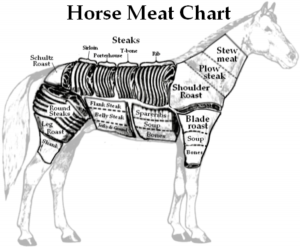Among my different jobs is one that takes me to public middle schools to teach creative and academic writing. In those classrooms, I have discovered that the craptastic school lunches I sometimes ate while that age are nothing compared to the contemporary dining habits of the Bronx’s eleven-to-thirteen set. Oversized plastic cups of sugared coffee slushy and a few Dunkin donuts, as well as the bags of Skittles or Doritos that were less of a surprise, are routine. Of course, I had a class at one of those schools whose lunch period began at 9:10, just after first period. It’s safe to say that our kids are both getting and seeking a raw deal.
And that takes us to Michael Bloomberg, who in spite of getting the law changed so he could have a third term, seems likely to go down in history mostly for banning smoking in bars, making us a more bike-friendly city (!), and trying to outlaw oversized soda containers in certain types of business.
I presume the soda ban is national news; I can’t imagine the Glen Becks of the country passing up such an opportunity. And so I’ve scrounged up a few key pieces of soft drink history: Continue reading


